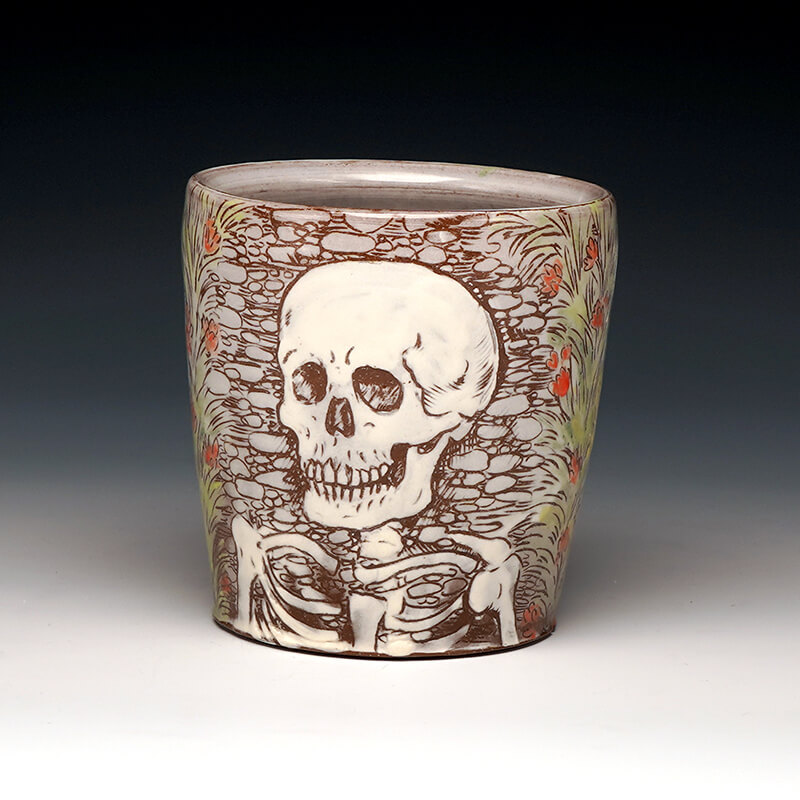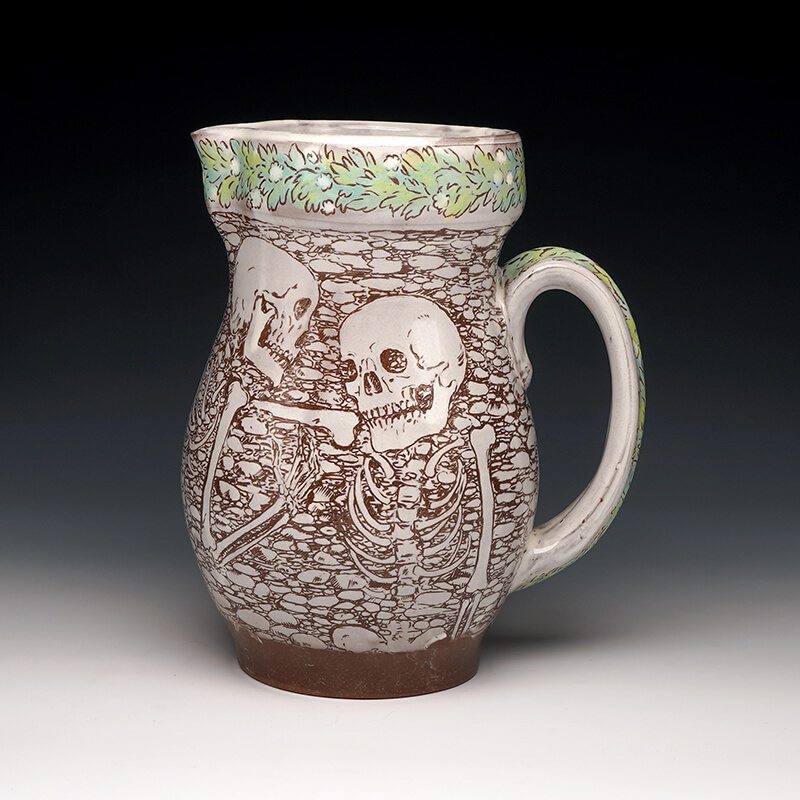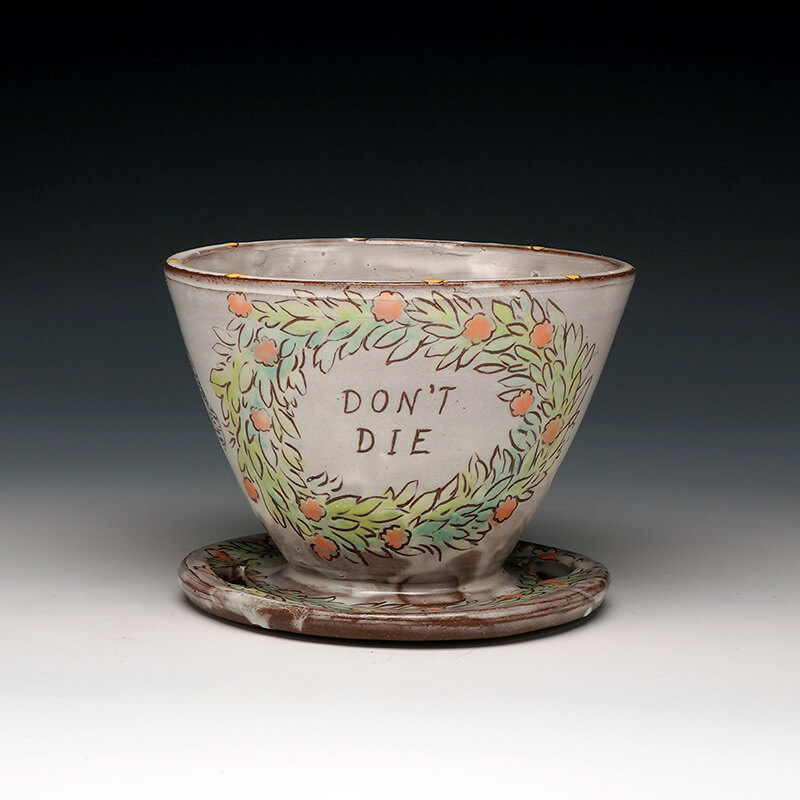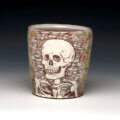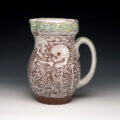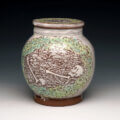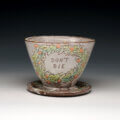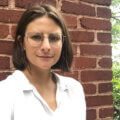
Grace Tessein has a BFA from the Tyler School of Art at Temple University and a MFA from Louisiana State University. Currently she is a Visiting Assistant Professor of Art at Roanoke College in Salem, VA and recently was the Salad Days Artist in Residence at Watershed Center for the Ceramic Arts in Newcastle, ME. Previously she was an Assistant Professor and Artist-in- Residence at Elon University and has taught for Georgia Highlands College in the northwest metro-Atlanta area. She was a recipient of the 2017 Warren MacKenzie Advancement Award from Northern Clay Center, the 2017 Joe Bova Ceramic Art Award and Michael Daugherty Memorial Fund at LSU, and a Kiln God Award at Watershed Center for the Ceramic Arts in 2014. Grace currently resides with her partner, Dennis Ritter, their two dogs Sugar Jaws and Etta June, and a cat named Sunny.
My current work is an examination of the glimmer of life that remains after death. As I move through spaces I look for traces, fragments, and what remains in order to understand what was once passing over the same ground, breathing the same air as I do. I think of this evidence and who left it behind as hallow; worth honoring, worth remembering, worth reverence.
Materials such as hair, ceramic, and bone can unlock information about a life lost, revealing and preserving truths over time. Mourning rituals, funerary traditions, and archeological phenomena are starting points for sculptures. From a baby’s dress to a set of dentures, a strand of hair to a single bone, I feel both comfort and anxiety from their hidden secrets. I seek a sense of haunting, a ghost of the past that has come back.
While researching my work, I often find myself disappearing down rabbit holes. A passage about burial rituals from an ancient hunter gatherer society may lead me to look at the plaster casts of Pompeii and then to Victorian era death portraiture. These connective webs that span time, cultures, and processes circle back into themselves, ever strengthening my hunger for more information, more instances that prove that death is just another way to live.
An obsessive, ritual-like need to to collect has been a dominant force in how I interact with, organize, and understand the world. The seemingly commonplace whatnot, the cherished family heirloom, or the cat’s old whisker all have both known and forgotten narratives embedded in their matter. They serve as a record of place, time, touch, and person which in turn give tangible form to the past, present, and future held in their existence.
I primarily use clay because of its strong bond to human creativity, transformational qualities, and ability to record and render truths. Ceramic objects have withstood the test of time, creating a window back into the maker’s methods, the user’s actions, and the traditions around it. The nature of clay lends itself well to work about the body; it can mimic flesh and bone. It sweats, cracks, shatters, and disappears back into the earth from which it came.

